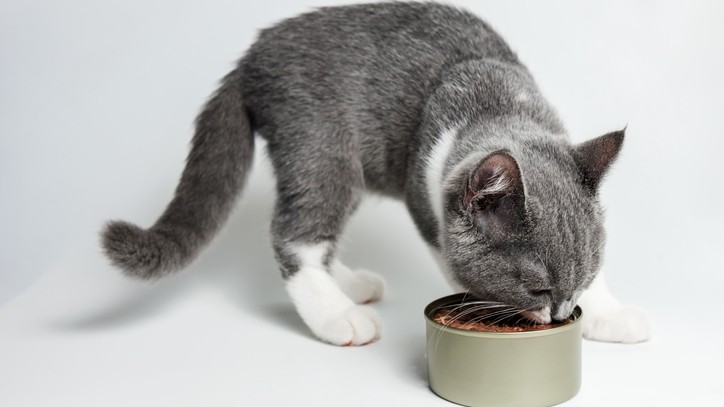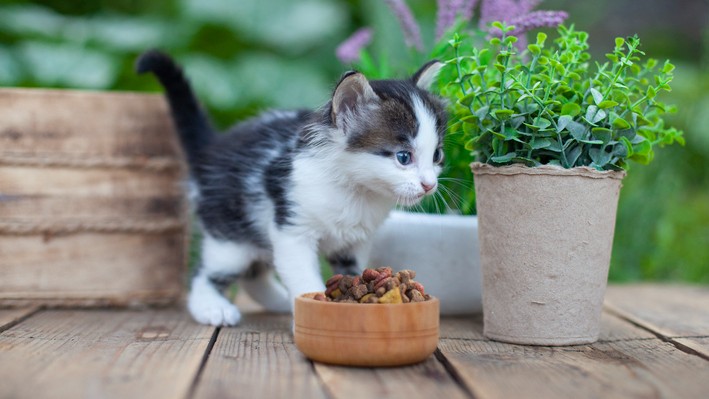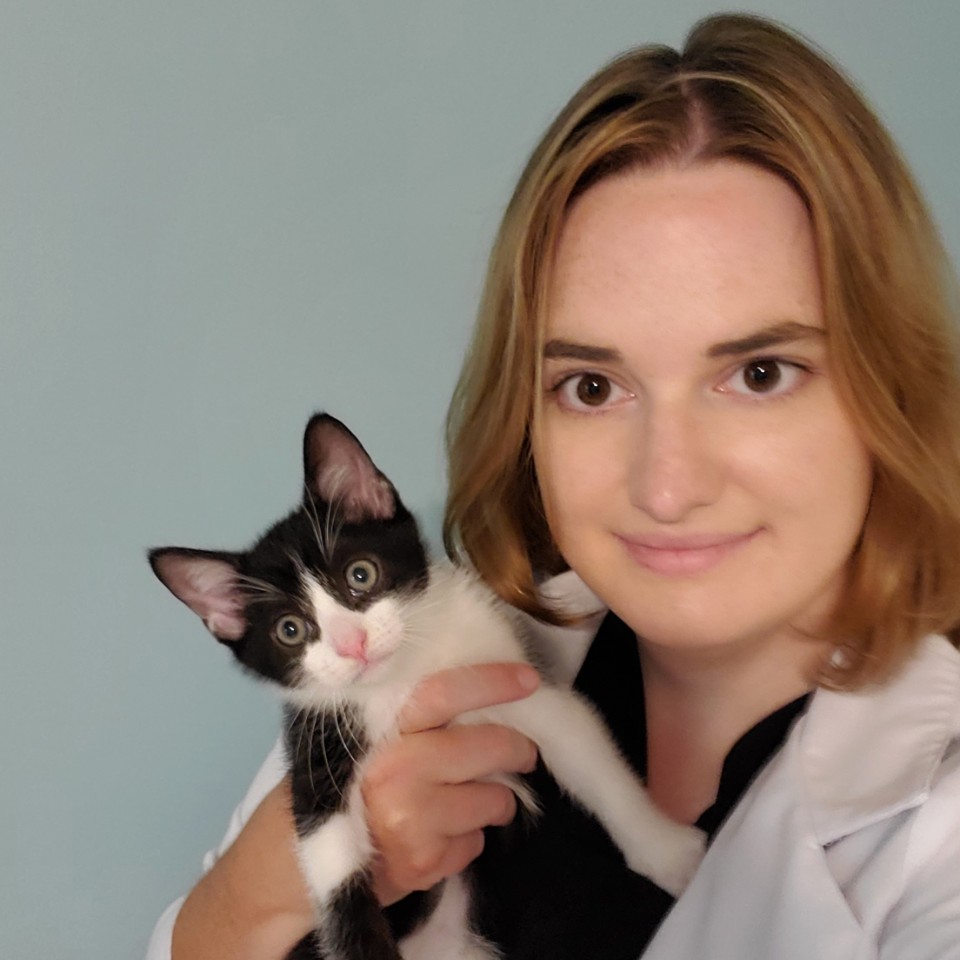Which kitten food is best? A vet shares tips for young cats
Know which kitten food is best and tailor a diet to give your pet best start in life

Trying to figure out which kitten food is best when you welcome a new furball into your family is not as easy at it first seems. There is just so much choice on the market, with food makers claiming their meals to be the best. There are also lots of different types of kitten food, making a decision even harder.
When you’re simply looking for the best kitten food, that can pose something of a problem so our expert veterinarian Elizabeth Racine is here to help. She looks at the best option for cats on a case-by-case basis since there really is no one-meal-fits-all. In this guide, you will learn which kitten food is best in different scenarios, enabling you to choose an appropriate diet.
The importance of kitten food
Just like growing humans, kittens need an appropriate balance of nutrients to support their development. A kitten not eating will cause nutrient deficiency during this critical period of life and can have long-lasting effects on your kitten’s health.
So, as well as getting to grips with the top six kitten feeding tips, you need to give your kitten a diet that has been specially formulated for their young bodies. The easiest way to do this is by buying commercially-prepared kitten foods. It’ll ensure your kitten is enjoying the correct balance of vitamins, minerals, and other nutrients.

Choose a kitten food
When choosing which kitten food is best, there are numerous factors to take into account – notably your kitten’s age, weight, body condition score, activity level, and overall health. Your veterinarian will help you choose an appropriate diet with these individual factors in mind but it’s always helpful to learn how to read a pet food label.
You should also check out guides from the World Small Animal Veterinary Association such as how to evaluate nutrition information on the internet and how to choose a pet food. And you can read more about kitten nutrition in the Veterinary Nursing Journal.
Transition your kitten to a new food
Whether you’re looking for the best wet cat food or the best dry cat food, you need to transition your kitten to them gradually (although you also need to know when can kittens eat dry food?).
Switching foods abruptly can lead to digestive upset, including vomiting, diarrhea, and loss of appetite so transition to the new diet over the course of a week or two. Here are some steps:
- Start by mixing your kitten’s meal as 75% of the old diet and 25% of the new diet.
- Feed this for a few days.
- If your kitten tolerates it well, you can progress to 50% of the old diet and 50% of the new diet.
- Again, feed for a few days and monitor your kitten for any signs of GI upset.
- Next transition to 25% old diet and 75% new diet.
- Finally transition your kitten to 100% of the new diet.
This slow transition will ensure your kitten stays healthy and happy during the change, and he’ll learn to love his new food!
Start your kitten off well
Cats are texture-based eaters, meaning that the texture of their food is a big factor in whether or not they’ll choose to eat it. Because of this, it’s very important to expose your kitten to both the best wet cat food or the best dry cat food during kittenhood, so that he or she gets used to both textures. This will make life much easier later on, should you ever need to change your cat’s diet in adulthood!
Although many cats are natural grazers, it’s best not to get into the habit of leaving a bowl of food out all day. Doing so can lead to excess weight gain, resulting in obesity and associated health issues. Instead, offer your kitten measured portions of food at specific times of the day or use the best cat puzzle feeders, a snuffle mat, or hide bits of food around the house to give your kitten some extra exercise and mental stimulation!
Be sure to limit even the best cat treats or other snacks your kitten receives, too. A good rule of thumb is to have no more than 10% of your cat’s total daily calorie intake come from treats. If you’re not sure how much to feed your cat, ask your veterinarian to calculate your cat’s required daily calorie intake. You can ask, “how much should I feed my cat?” and “how often should I feed my kitten?”. Ultimately, you need to determine appropriate portion sizes and how many treats are acceptable to give daily.
Ask your veterinarian to help you choose the best kitten food
So which kitten food is best? Well, as we’ve seen, that depends on several factors and the best way to choose a diet for your kitten is to consult your veterinarian for product recommendations. The next big question is how long should cats eat kitten food for and while this varies from cat-to-cat, you generally continue to do so until they are around one-years-old. As your kitten grows and develops, your veterinarian can help you adjust the diet to meet your kitten’s changing needs.
For more dietary advice for your feline friend, take a look at our guide to when can kittens eat dry food?
PetsRadar Newsletter
Get the best advice, tips and top tech for your beloved Pets
Dr. Elizabeth Racine is a small animal general practice vet covering all things pet health and wellness. Her special interests include veterinary behavior, nutrition, and internal medicine.
As a freelance writer, Dr. Racine has written content for major companies in the industry such as the American Kennel Club, Merck Animal Health, Bayer PetBasics, Elanco, and CareCredit. In her free time, Dr. Racine enjoys playing trampoline dodgeball, hiking with her beagle Dasher, and spending time with her three mischievous cats.
- David CrookesFreelance writer

